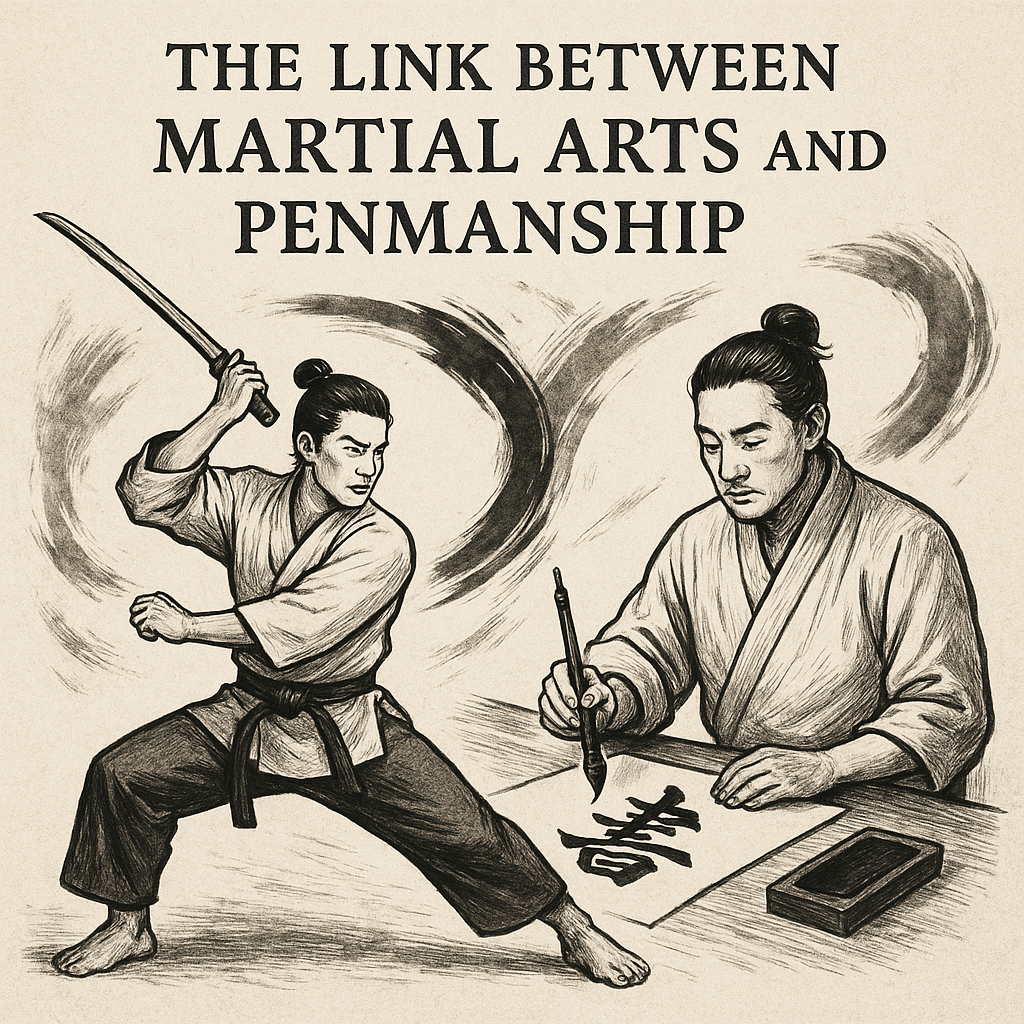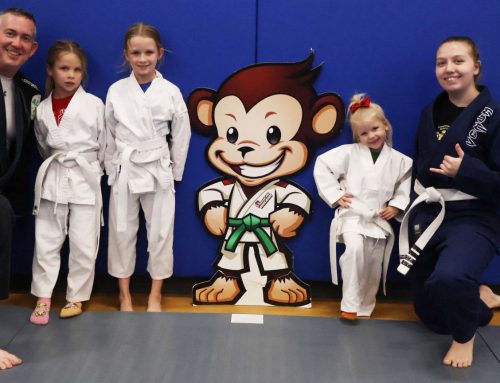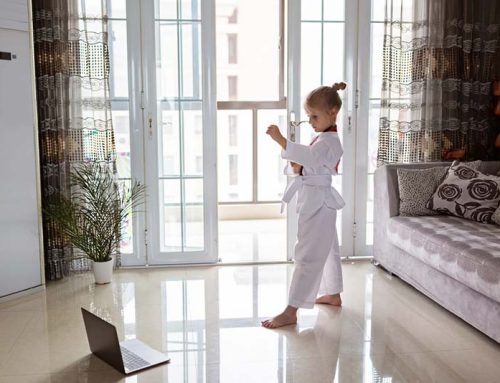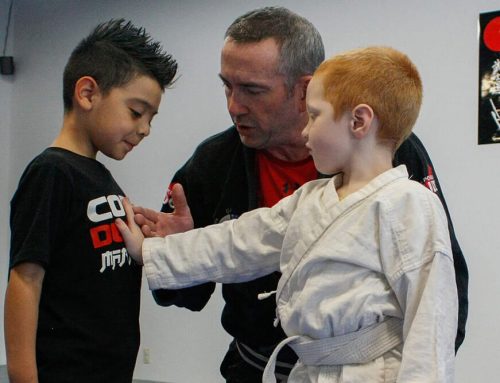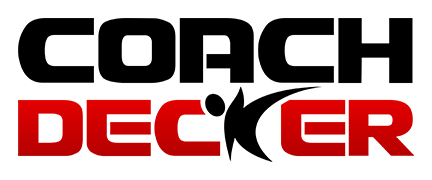At first glance, martial arts and penmanship may appear to be unrelated disciplines, one rooted in physical combat, the other in the delicate art of writing. However, a deeper exploration reveals striking parallels between the two. Both require discipline, intentional movement, balance, rhythm, and the cultivation of internal focus. In many traditional Asian cultures, particularly in Japan and China, the connection between martial arts and calligraphy is not only acknowledged but considered essential to the complete development of a warrior-scholar.
One of the most profound connections between martial arts and penmanship lies in the concept of kata, or form. In martial arts, kata involves a sequence of movements practiced to perfection, embedding techniques into muscle memory while developing awareness, flow, and spirit. Similarly, in penmanship, especially in traditional brush calligraphy, each stroke must be executed with precision, fluidity, and deliberate control. Whether striking an opponent or forming a character, the body must move with harmony and intent.
Both disciplines emphasize posture and breathing. A martial artist must stand grounded, with a stable center of gravity and a steady breath to deliver techniques effectively. In calligraphy, the practitioner’s posture affects the energy and shape of the brush strokes. Proper breathing steadies the hand and reflects in the grace of each character. In this sense, penmanship becomes an extension of the body’s internal rhythm, much like a martial technique is an outward expression of inner readiness.
Mindfulness and presence are also core to both arts. In martial arts, awareness of the present moment can mean the difference between success and defeat. Practitioners are trained to clear the mind, focus the spirit, and react fluidly. Likewise, the art of beautiful handwriting requires the same mental stillness. A single character drawn with a distracted mind lacks spirit and coherence. Ancient Zen calligraphers believed that the state of the writer’s heart was visible in the ink itself.

Historically, many martial artists were also scholars, poets, and calligraphers. The legendary Japanese swordsman Miyamoto Musashi was also known for his ink paintings and writings. In the Chinese tradition, scholars and warriors alike practiced both swordsmanship and brushwork, believing that both refined the will and clarified the spirit. The stroke of a brush and the cut of a sword were seen as siblings—both requiring mastery over oneself before mastery over the medium.
Moreover, both arts cultivate a lifelong path of refinement rather than instant perfection. Progress in martial arts and penmanship often comes through repetition, humility, and an openness to correction. They teach patience and respect for tradition while also allowing space for personal expression.
Coach Decker believes martial arts and penmanship are linked by their shared values of discipline, mindfulness, flow, and inner harmony. Each serve as a mirror to the other—revealing the state of the practitioner’s mind and body in each stroke, each movement. Together, they offer a powerful path toward self-cultivation, where strength meets grace and precision reflects the inner world.
For more on the importance of penmanship, check out this article as well:
Why Cursive Writing and Penmanship Is Important
Link: https://wordsmarts.com/cursive-penmanship/?lctg=0dfab49a-5cb5-4bde-8138-2740125ec78b

